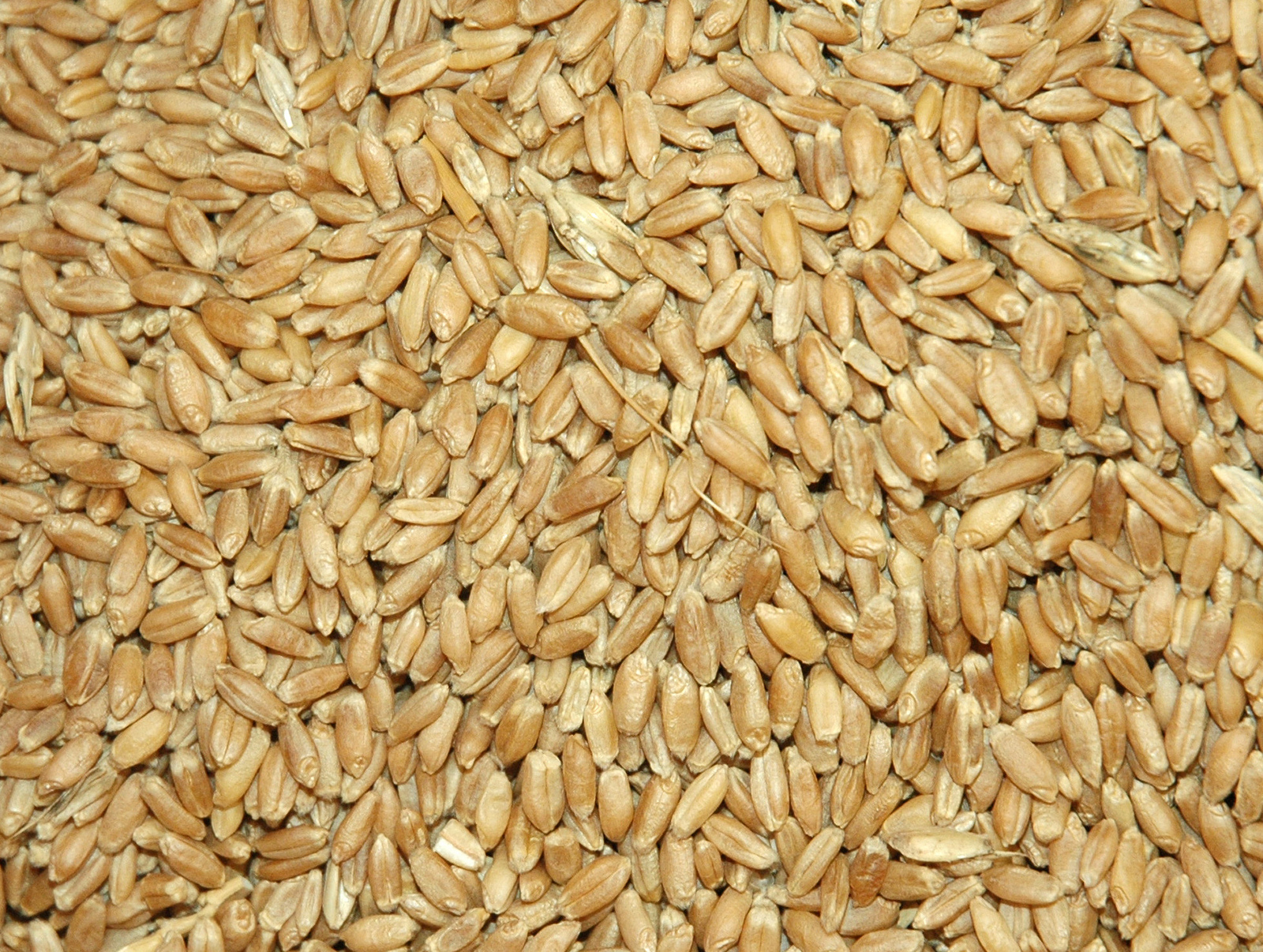Flour mills: All you knead to know

Good in Every Grain was able to tour a state of the art flour mill in Hamilton, Ontario earlier this winter. A flour mill is used to mill or grind large quantities of raw wheat into flour, which can then be sold and shipped to large scale bakeries and food processors. The mill that we toured runs 24 hours a day, 7 days a week, and it mills 500 tonnes of wheat per day. This is equal to approximately 2,500 loaves of bread every day!
Raw wheat is delivered to the flour mill via trucks where it is tested for quality (moisture level of the wheat seed , protein levels, how clean is the wheat, and more). After it is tested and passes the quality standards, the wheat is cleaned and stored for 24 hours. From there, the raw wheat is brought to the milling machines, where it is ground into flour and then blended into the flour blends each bakery or processor wants.

Different varieties of wheat will have different levels of protein which will be used to make different products- think noodles, bread, cakes, crackers and more.
Depending on where the flour will be used, different processors will want different levels of the protein for the food item they are making. The entire milling and blending process takes about an hour and all flour is delivered within a two hour time frame from Hamilton- this is to ensure to flour means fresh for delivery.
The shell, or “bran”, part of the wheat kernel won’t be ground into flour. This is a leftover part that is sold to a feed mill where it will be used in livestock feed so there is no waste once the wheat is milled and blended.

It was a great tour and a great opportunity to see where Ontario wheat goes once the trucks leave the farm.
